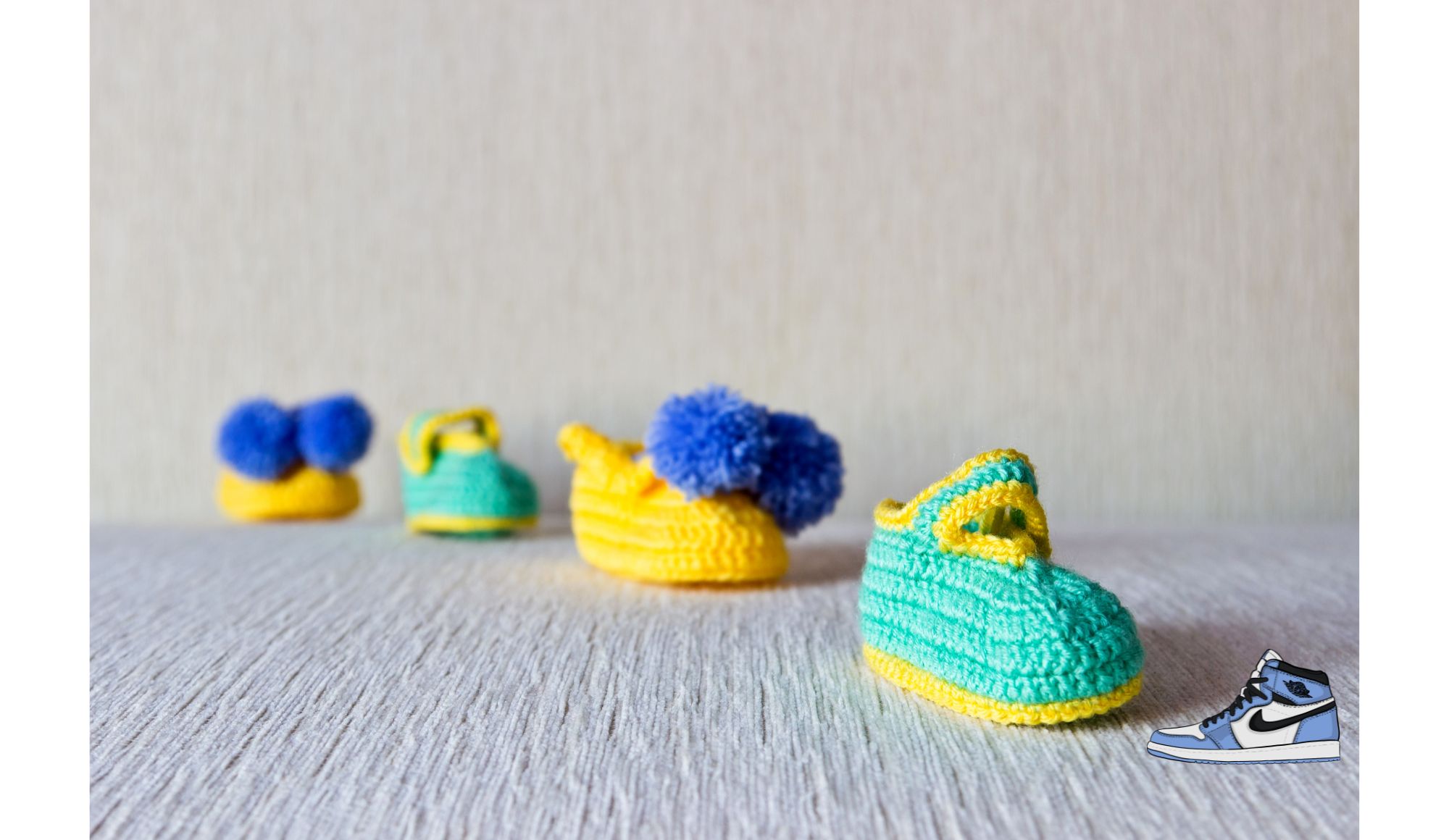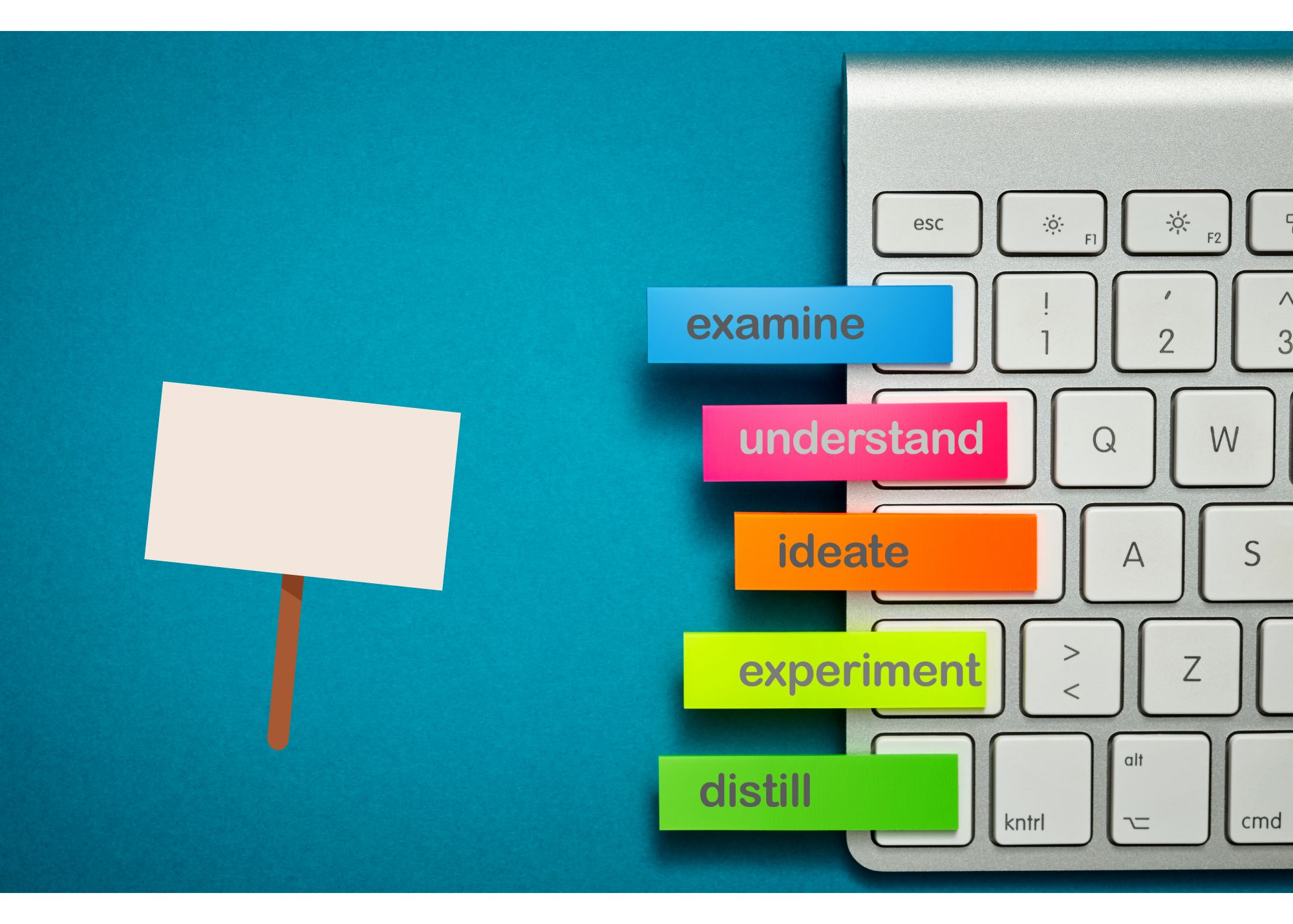How To Blow $3 Billion
Among the many rules of business is be careful in whose playground you are competing. Gaming companies learned this the hard way a few years ago when they built their businesses on top of the Facebook platform. So too did media companies like PopSugar. When Facebook decided to focus more on surfacing individual posts over corporate ones, giant businesses felt the brunt of the algorithmic changes.
Whether a business is dependent on Google for search rankings, YouTube for video promotion, or paid advertising for sales, the dangers of depending on Big Tech are very real. A core algorithm change can seriously affect content rankings, a terms of service violation can lead to demonetization, and a hike in ad costs can hurt margins and profitability.
Yet there’s one Big Tech giant that is perhaps altogether more dangerous to e-commerce firms than Google or Facebook. After all, if you can’t promote your goods on Google well, you can choose Facebook, Instagram, X, or a host of other ad networks. But what if you produce a physical good and depend on Amazon to distribute it?
One multi-billion dollar footwear firm learned the hard way that competing where Big Tech plays is a recipe for disaster. Here’s the story of how to blow billions in just a few short years.
Key Points
- Businesses relying on platforms like Google, Facebook, or Amazon face significant risks from algorithm changes, demonetization, and increased ad costs, impacting profitability. A notable case is a footwear firm hurt by Amazon’s cheaper rival product.
- Allbirds thrived with its unique, sustainable footwear and celebrity endorsements but faced severe stock price drops from nearly $30 to under $0.70 due to competition from Amazon.
- The footwear firm reported negative earnings for twelve quarters and rapid cash depletion, raising bankruptcy concerns. Despite this, its low market cap compared to cash on hand presents a speculative recovery opportunity.
Billions To Millions
When Allbirds first went public, it was lauded by the marketplace. It’s remarkable that the firm succeeded at all, and largely defied all odds.
After all, if you woke up one morning and decided to set up a shoewear firm, you might be forgiven for quickly skipping to another business idea. Why compete in a world of Skechers and Nike, Adidas and Reebok?
Yet Allbirds found a little niche that nobody else had tapped into. The ingredients of the shoes were sustainably sourced, and the comfort level was second to none. Celebrities flocked to the comfy shoes, and quickly Allbirds became popular through endorsements, word-of-mouth referrals and free publicity.
Before you knew it, the company, co-founded by a Wharton MBA student, went public and rivaled the valuation of another company started by a few fellow Wharton classmates, Warby Parker. Yet the good times were not to roll on too long.
On the street, word leaked that Amazon would compete, and produce a rival shoe at a fraction of the cost. Amazon has the ability to sell goods at cost to drive out competitors, and the stiff competition has been enough to knockout many a smaller competitor from the business arena.
Fast forward a few years, and Allbirds stock has fallen from nearly $30 per share to under $0.70 per share, a virtual wipeout of all equity. So is it done?
Will Allbirds Recover?
The challenge Allbirds faces isn’t on the top line. The tens of millions reported quarterly are very impressive. It’s the bottom line where the issues lie. For the past twelve quarters straight, EBIT has been negative.
The accumulation of all the losses has investors worried that the $100 million cash pile will be burnt to a crisp. Remarkably, Allbirds market capitalization now sits below its cash value. The primary reason for the bearishness is that the company is quickly burning through cash, which is down $40+ million in the last year alone.
So, while it seems like a steal on the one hand, a rapid evaporation of cash leads to the potential of bankruptcy or share dilution. No doubt the leadership team is spending a lot of time these days scratching their heads to figure out what financing solutions are best.
For shareholders, if a speculative bet were to be made, now might be as good as any knowing that the market cap is below the cash on the balance sheet. Equally it’s worth noting that a share price that has fallen 99% can still fall another 100%. It’s a highly risky bet, but perhaps one that will pay off for speculators.



